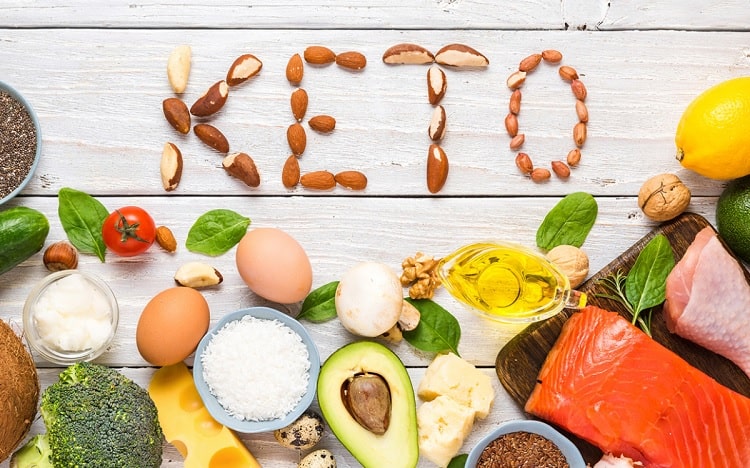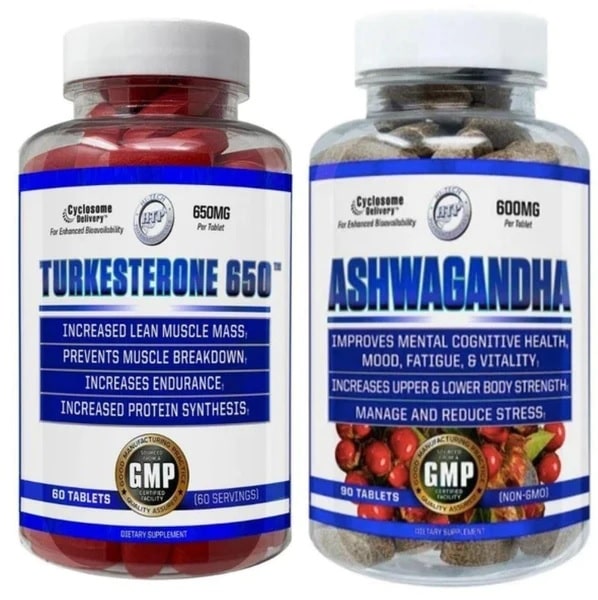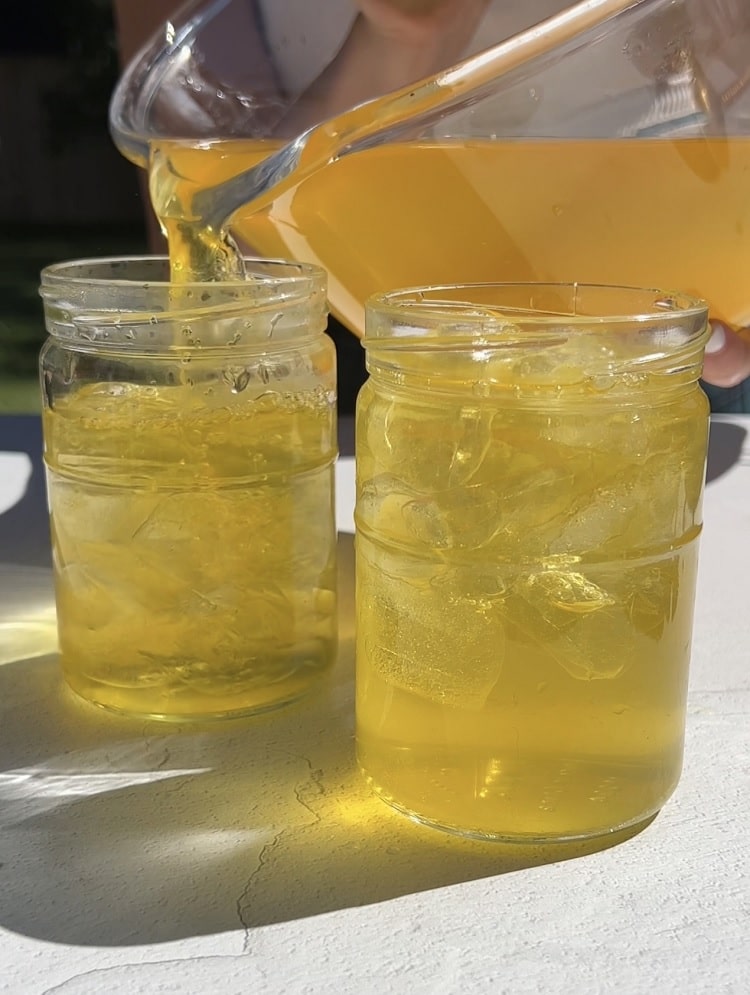Dirty Keto Diet vs Clean Keto? What Is the Difference?
Over the past few years, the ketogenic diet has gained much popularity; as a result, more people are benefiting from its excellent health properties. However, food items and advertising targeted at the keto consumer are emerging as debates about the high-fat, low-carb, moderate-protein diet that encourages your body to burn fat instead of carbs increase. The finest items to eat while following a ketogenic diet can be complicated to comprehend. Fortunately, there is a tonne of information available. Even some of the phrases used in the keto communities, such as “clean keto” and “dirty keto,” may be familiar to you.
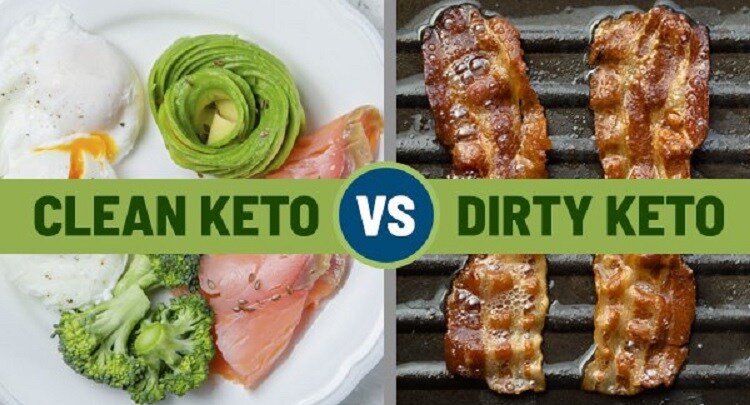
What are the types of Ketogenic diets one can follow?
In general, there are two types of ketogenic eating: clean keto and dirty keto. It’s simple to tell the difference between clean and dirty keto. Whole, organic foods are the main focus of clean keto. In contrast, dirty keto consists of food items that are less healthy and more processed and tries to follow the macronutrient ratio of the diet, which is the proportion of fat, protein, and carbohydrates.
What is Clean Keto Diet?
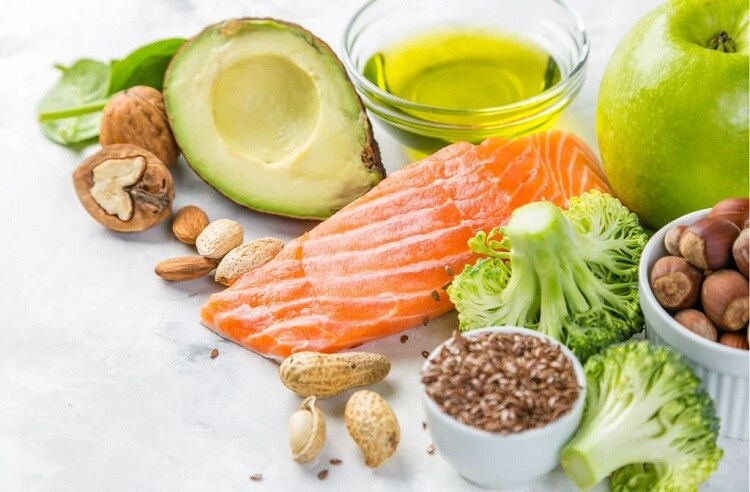
A clean keto diet focuses on health by combining the macronutrients of the keto diet with the better nutritional richness of the paleo diet. It consists of a carbohydrate intake of upto 50 gms, a moderate protein intake of 15-20% of calories, and a high fat intake of at least 75%.
A clean keto diet enhances micro nutritional density, giving your body more access to the vitamins and minerals necessary for improving every aspect of your health, from digestion to mood and cognition, to skin and hair condition.
Listed below are just a few advantages of the clean keto diet:
- Easily digested
- Consistent energy levels
- Sharper focus
- Enduring vitality
- Accelerated metabolism
- Steady reduction of weight
- Better skin health
- Increased immunity
- Improved mood
Clean keto delivers additional macronutrients, fibre, and significant anti-inflammatory effects by emphasising the consumption of complete foods. It’s a sustainable option that aids in losing extra weight while enhancing general physical and mental wellness.
What can you eat on a Clean Keto Diet?
On this diet, one can consume things like:
- raw meats such as tenderloin and steak
- fish, including tuna, shrimp, and salmon
- poultry, including chicken, duck, turkey, and eggs.
- Plain Greek yoghurt, butter, cream cheese, whipping cream, and other low-carb dairy products
- Berries, watermelon, honeydew, cucumber, and iceberg lettuce are examples of low-carb produce.
You can lead a healthy ketogenic lifestyle if you eat a diet high in whole foods.
Clean Keto Meal Plan for a day
Try out this clean keto meal plan for a nutritious day:
- A glass of strawberry smoothie for breakfast
- Two boiled eggs as morning snacks
- A bowl of tuna salad for lunch
- One cantaloupe as an evening snack
- Chicken and broccoli for dinner
Calorie intake: 1,745; macronutrients: 123.6 g fat, 69.6 g protein, and 40.4 g net carbohydrates.
What is Dirty Keto?
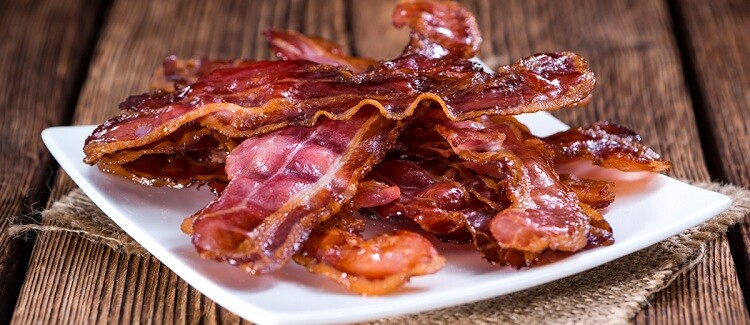
A dirty ketogenic diet emphasises the ratio of macronutrients than it does on whole foods. A dirty keto diet entails eating essentially what one feels like eating while keeping the percentage of carbohydrates because the rate of carbohydrates is limited in a dirty keto diet. The value of the food that is ingested is not given much weight. In dirty keto diets, occasional cheat days are frequent, and consuming foods like potato chips, chocolate, processed cheese, pre-packaged meats, artificial sweeteners and processed vegetable oils are typical. Some dietary items that can be ingested as a part of a dirty keto diet include processed proteins and pork rinds.
Some benefits of dirty keto are
- Less pricey than a clean keto
- Requires less intensive meals preparation
- Allows for dining out
- Less restrictive food choices
- Easier to cope for people with anxiety and OCD
The dirty keto experts claim that you may successfully lose weight following this keto diet method without worrying about precisely monitoring your macros or sticking to a limited selection of nutritious foods. According to some, the fact that it is simpler to follow than the standard keto diet makes it more long-term sustainable.
What can you eat on a Dirty Keto Diet?
Along with nutritious ketogenic meals like meat, dairy, fish, and eggs, you can also eat processed and junk items that are low in carbohydrates like:
- Chicken fried in keto breading
- Carb-free tortilla chips
- Ham rinds
- Bacon
- Mayonnaise
- Burgers without the bun
It is advisable to include healthier foods to balance convenience and nutrition.
Dirty Keto Meal Plan for a day
Designing a dirty keto dinner shouldn’t be challenging. Here is an example of how a day may go:
- 2 eggs and an avocado scrambled for breakfast.
- A kiwi fruit for a breakfast snack
- 2 Hot dogs with a cup of tomato and buttered green beans for lunch.
- A bowl of olives for an evening snack.
- Steak, avocado, and cabbage for dinner.
Calorie Intake: 1,791; Macros: 140.7 g fats, 84.5 g protein, and 31.1 g net carbohydrates.
What are the similarities between the two diet plans?
Similar parameters
They both adhere to the same ketogenic diet tenets.
This indicates that they are both trying to eat fewer carbohydrates to get their bodies into a metabolic state called ketosis, which allows them to use fat for energy instead of carbohydrates. Therefore, they both intend to induce ketosis in your body, which is their shared objective.
Macros
They adhere to the same macronutrient distribution because they follow the same guidelines for putting your body into ketosis:
5-10% Carbs
20% Proteins
70-80% Fats
There is a variety because everyone’s macros differ based on age and activity level.
Loss of weight
They both depend on ketosis, which can be applied to help you lose weight.
What are some differences between the two diet plans?
Food Quality
The meal quality is one of the most significant differences.
When following a clean ketogenic diet, you emphasise eating complete, nutritious meals.
While with dirty, you consume more processed food.
Sodium Content
The sodium content is another significant difference.
To reduce the risk of heart disease, it is advised to limit sodium intake to fewer than 2,300 mg per day.
However, eating more than this quantity is relatively straightforward when most foods originate from processed sources. Generally, processed goods have a high sodium level to enhance flavour and lengthen shelf life.
Chronic disorders
Finally, while it is not always true, a filthy keto diet can raise your chance of developing chronic diseases, including diabetes and high blood pressure.
Your saturated fat intake will likely rise when you eat more processed foods.
Furthermore, processed meals may contain a lot of trans fats, which can raise your cholesterol and inflammatory levels and your chance of developing heart disease.
Which of the two is a healthier option?
Since you eat more high-quality, nutrient-dense meals, clean keto is healthier than dirty keto.
While eating processed foods occasionally is acceptable, relying heavily on them in your diet raises your risk of constipation, vitamin deficiencies, and other health issues.
Additionally, processed foods’ saturated and trans-fat content may be high, raising the risk of heart disease.
Additionally, a clean diet might give you extra fibre and nutrients.
Bottom line
Consuming processed food occasionally is acceptable as a treat, to make life easier and simpler on a busy day, or to appease a particular appetite.
Your health hazards rise, though, the more processed meals you consume as in the case of dirty keto.
Strike a balance between whole foods and processed ones.
For instance, you may aim to consume 20% of your diet from processed foods and 80% from natural sources.
In the end, the choice is yours. But if you’re trying to change your physique, why not go as healthy as possible?
